Rising Demand for Natural Ingredients
The Tropical Fruit Puree Market is experiencing a notable increase in demand for natural and organic ingredients. Consumers are becoming increasingly health-conscious, seeking products that are free from artificial additives and preservatives. This trend is reflected in the growing popularity of tropical fruit purees, which are perceived as healthier alternatives to synthetic flavorings. According to recent data, the market for natural food products is projected to grow at a compound annual growth rate of approximately 10% over the next five years. This shift towards natural ingredients is likely to drive innovation within the Tropical Fruit Puree Market, as manufacturers strive to meet consumer preferences for clean-label products.
Growing Popularity of Plant-Based Diets
The Tropical Fruit Puree Market is benefiting from the rising popularity of plant-based diets, which emphasize the consumption of fruits and vegetables. As more consumers adopt vegetarian and vegan lifestyles, the demand for plant-based ingredients, including tropical fruit purees, is on the rise. This trend is supported by a growing body of research highlighting the health benefits associated with increased fruit intake. Market analysts suggest that the plant-based food sector is projected to reach a valuation of over 74 billion by 2027, indicating a substantial opportunity for the Tropical Fruit Puree Market to cater to this expanding consumer base.
Increased Focus on Sustainable Sourcing
Sustainability is becoming a critical consideration within the Tropical Fruit Puree Market, as consumers and manufacturers alike prioritize environmentally friendly practices. The demand for sustainably sourced tropical fruits is rising, driven by consumer awareness of the environmental impact of food production. Companies are increasingly adopting sustainable sourcing strategies to ensure that their products align with consumer values. This shift is likely to enhance brand loyalty and attract environmentally conscious consumers. Market data suggests that brands emphasizing sustainability can experience a sales increase of up to 20%, indicating a strong potential for growth within the Tropical Fruit Puree Market.
Expansion of Food and Beverage Applications
The versatility of tropical fruit purees is contributing to their expanding applications across various food and beverage sectors. The Tropical Fruit Puree Market is witnessing increased utilization in smoothies, desserts, sauces, and even savory dishes. This diversification is supported by the rising trend of fusion cuisine, where tropical flavors are integrated into traditional recipes. Market data indicates that the beverage segment alone is expected to account for over 40% of the total market share by 2026. As culinary creativity continues to flourish, the demand for tropical fruit purees in diverse applications is likely to grow, further propelling the Tropical Fruit Puree Market.
Technological Advancements in Processing Techniques
Technological innovations in processing techniques are playing a pivotal role in the Tropical Fruit Puree Market. Advances in processing methods, such as high-pressure processing and flash pasteurization, are enhancing the quality and shelf life of tropical fruit purees. These technologies not only preserve the nutritional value of the fruits but also improve flavor profiles, making them more appealing to consumers. As manufacturers invest in state-of-the-art processing technologies, the Tropical Fruit Puree Market is likely to witness increased efficiency and product quality. This focus on innovation may lead to a competitive advantage for companies that adopt these advanced processing techniques.


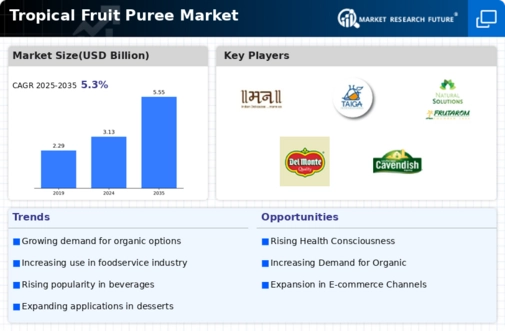
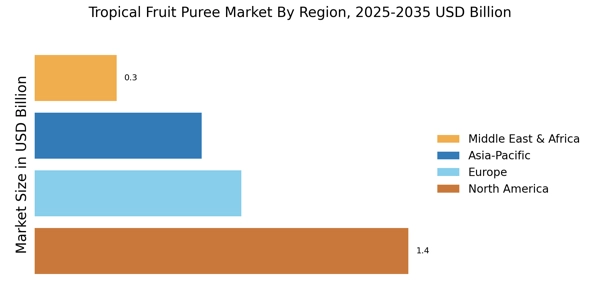


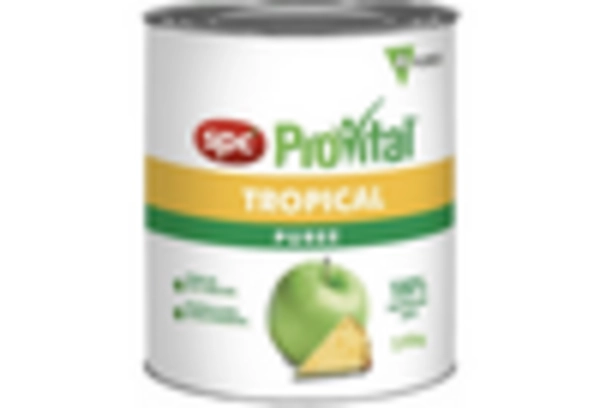
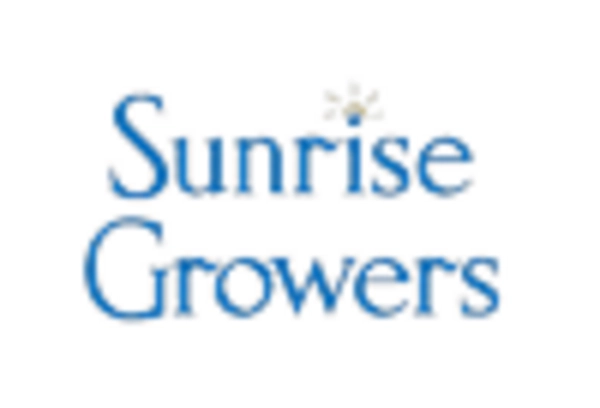

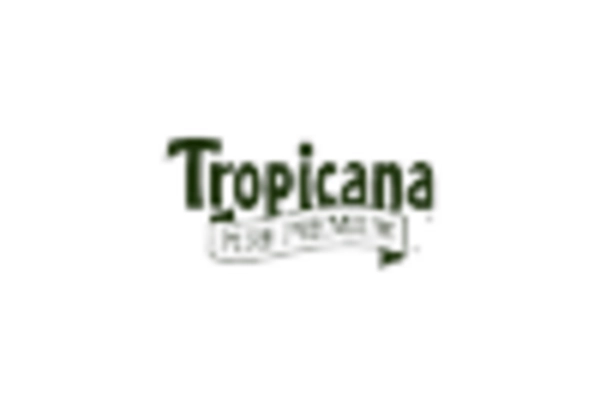








Leave a Comment